Dr Salimuzzaman Siddiqui: The man who merged eastern and western medicine
One of Dr Siddiqui’s legacies is the scientific research and learning institutions founded or supported by him.

Salimuzzaman Siddiqui. PHOTO: FILE
A rare but short documentary on the life of Dr Salimuzzaman Siddiqui parked at a news website unveils the various facets of this great man’s profile. Born towards the close of the 19th Century calendar, Dr Siddiqui absorbed the flavours of tradition that the cultured society of India was known for. He was educated at the Mohammedan Anglo-Oriental College (that became Aligarh Muslim University) where he proved his mettle in Persian and Philosophy. He proceeded to University College London to study medicine. After one year, he moved to Frankfurt University to delve into chemistry.
Those were the days when pioneering works were rigorously undertaken in European and American varsities and they had a direct impact on the lives of ordinary people. Dr Siddiqui observed this overwhelming potential in science and took up research as field of his work.
Upon his return with a doctorate, Dr Siddiqui made the rather unusual choice of setting up the Ayurvedic and Unani Tibbi Research Institute at Tibbia College in Delhi under the guidance of Hakeem Ajmal Khan. Here he began his long and fruitful work in natural products chemistry and allied fields. In 1940, he joined the Indian Council for Scientific and Industrial Research.
Upon invitation from Prime Minister Liaquat Ali Khan, Dr Siddiqui came to Pakistan in 1951. He played a role in the founding of the Pakistan Council for Scientific and Industrial Research, the Pakistan Academy of Sciences and later a postgraduate research institute in chemistry at the University of Karachi. It came to be known as the Hussain Ibrahim Jamal Research Institute of Chemistry and has evolved into the International Center for Chemical and Biological Sciences.
Dr Siddiqui also supported Prof. Abdus Salam and other scientists and engineers at the Pakistan Atomic Energy Commission and the International Centre for Theoretical Physics at Trieste, Italy.
When he returned to undivided India, he began work in a domain that was closely connected with eastern medicine. Whereas proverbial differences between the practitioners of eastern and the so-called western or allopathic medicine persisted, sane souls always believed that both and even other forms of medical practice had some useful solutions to offer.
In the same vein, each trajectory had several shortcomings and limitations. Among its core merits, eastern medicine had a well-established tradition in research which was pursued in the golden days of Muslim civilization. Dr Siddiqui rebuilt that tradition with the hope that knowledge and research would enrich the capacity of eastern medicine. This form of healthcare had an extensive outreach throughout the Sub-Continent. Hakim Abdul Hameed and Hakeem Muhammad Said immensely valued his contributions.
One of Dr Siddiqui’s foremost legacies is the institutions founded or supported by him after he came to Pakistan. They are still serving the cause of scientific research and learning. He set high standards of performance and outputs. He never tired of working hard in his labs. It is reported through some personal accounts that once he remained working for four days and nights in his lab without a break! It was this selflessness towards his mission that inspired his younger colleagues to emulate him. Dr Siddiqui served as the vice-chancellor of Karachi University for some time in addition to doing his own research and teaching.
Prof. Dr Noman Ahmed is the chairman of the department of Architecture and Planning at NED University, Karachi
Published in The Express Tribune, April 14th, 2014.

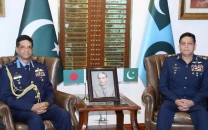
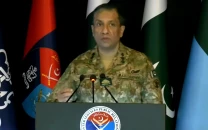
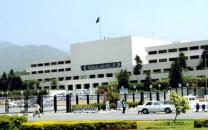

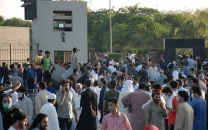



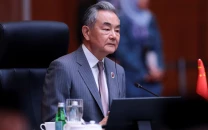









COMMENTS
Comments are moderated and generally will be posted if they are on-topic and not abusive.
For more information, please see our Comments FAQ